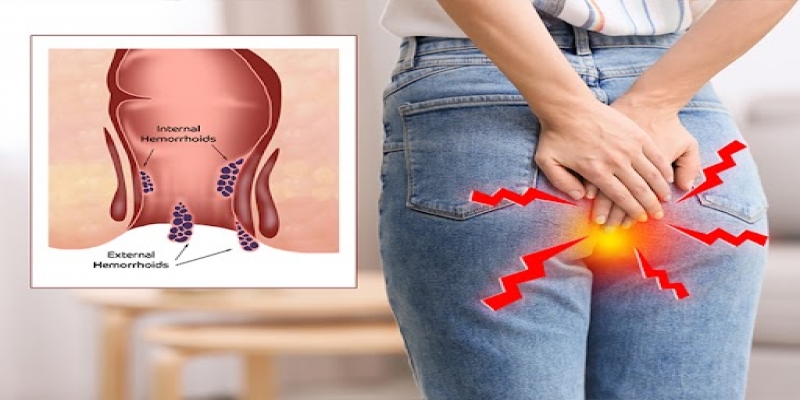The Ultimate Guide to Laser Treatment for Piles: Everything You Need to Know
2024-05-17 / RG STONE HOSPITAL / Piles

Introduction: Piles, also known as hemorrhoids, can be a painful and distressing condition affecting millions worldwide. While there are various treatment options available, laser treatment for piles has emerged as a popular choice for its effectiveness and minimal invasiveness. In this comprehensive guide, we will delve into the intricacies of laser treatment for piles, addressing common questions and concerns to provide you with a thorough understanding of this innovative approach.
Understanding Laser Treatment for Piles
Laser treatment for piles involves the use of advanced medical lasers to precisely target and eliminate hemorrhoidal tissue. Unlike traditional surgical methods that involve cutting or excising the hemorrhoids, laser treatment offers a minimally invasive alternative with several benefits.
Advantages of Laser Treatment for Piles
-
Minimally Invasive: Laser treatment requires only small incisions, resulting in less tissue damage, minimal bleeding, and faster recovery compared to conventional surgery.
-
Precision: Laser energy can be precisely controlled and directed to the affected area, ensuring targeted treatment while minimizing damage to surrounding healthy tissue.
-
Reduced Pain: Patients typically experience less pain and discomfort during and after laser treatment, making it a more comfortable option for managing piles.
-
Faster Recovery: With minimal trauma to the tissue, recovery time is significantly shorter, allowing patients to return to their daily activities sooner.
-
Reduced Risk of Complications: The risk of complications such as infection and anal stenosis is lower with laser treatment, making it a safer option for many patients.
Is Laser Treatment for Piles Good or Bad?
The effectiveness of laser treatment for piles depends on various factors, including the severity of the condition, the expertise of the healthcare provider, and the individual patient's response to treatment. While laser treatment offers numerous advantages, it may not be suitable for all cases of piles. It is essential to consult with a qualified healthcare professional to determine the most appropriate treatment approach based on your specific needs and medical history.
Laser Treatment for Piles and Fissure
In addition to treating piles, laser therapy has shown promising results in the management of anal fissures, another common anal condition characterized by painful tears or cracks in the lining of the anal canal. Laser treatment for fissures aims to promote healing, reduce pain, and prevent recurrence, offering relief to patients suffering from this uncomfortable condition.
Recovery and Post-Treatment Care
Following laser treatment for piles, patients are typically advised to follow specific post-operative care instructions to promote healing and minimize discomfort. This may include dietary modifications, maintaining proper hygiene, and avoiding strenuous activities during the initial recovery period. Most patients experience a significant improvement in symptoms within a few days to weeks after treatment.
Conclusion: Laser treatment for piles represents a significant advancement in the management of this common yet challenging condition. With its minimally invasive nature, precision, and favorable outcomes, laser therapy offers a promising alternative to traditional surgical approaches. However, it is essential to consult with a qualified healthcare provider to determine the most suitable treatment option based on individual needs and preferences. By understanding the intricacies of laser treatment for piles and its potential benefits, patients can make informed decisions regarding their healthcare and embark on a journey towards improved anal health and overall well-being.
Categories
Hernia Repair
Appendicitis
Piles
Urological Treatment
Hernia treatment
Enlarged Prostate (BPH)
Gall Bladder Stone
Urinary / Kidney Stone
Vitamins
Indian Health Care System
Exercise
Obesity
Female Urinary Incontinence
Single Incision Laparoscopic Surgery (SILS)
Kidney Cancer
Bladder Cancer
Ovarian cancer
Nephrology
Bariatric Surgery
Kidney Function Test
Female Urology
Radiation Therapy

